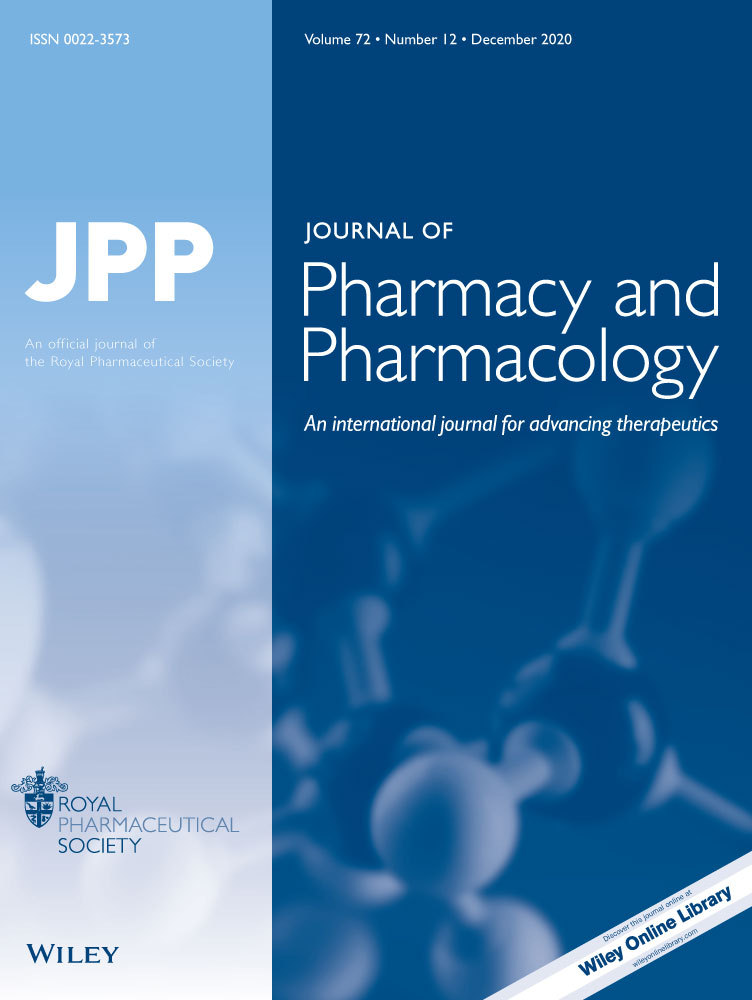Protective effect of JBP485 on concanavalin A-induced liver injury in mice
Abstract
Objectives Cyclo-trans-4-L-hydroxyprolyl-L-serine (JBP485) was first isolated from Laennec (hydrolysate of human placenta). We thought it valuable to clarify the antihepatitis molecular mechanism of JBP485 to develop a new oral anti-hepatitis drug.
Methods We investigated the hepatoprotective effect of JBP485 on immune-mediated, concanavalin A (Con A)-induced liver injury in mice. Mice were administered JBP485 before and after injection of Con A (10 mg/kg). Eight hours after Con A, the cytosolic enzyme activity (alanine aminotransferase, lactate dehydrogenase) in serum, and the enzyme activity or concentration (superoxide dismutase, maleic dialdehyde, myeloperoxidase, nitric oxide) in liver homogenate were determined. The liver slices were investigated to observe changes in histology. The effect of JBP485 on level of tumour necrosis factor-α (TNF-α) and intercellular adhesion molecule-1 (ICAM-1) in liver were detected by immunohistochemistry. Hepatocyte DNA fragmentation was assayed by agarose gel electrophoresis and the transcription of the genes bax and bcl-2 in hepatocytes was determined by reverse transcription-polymerase chain reaction.
Key findings Con A increased the cytosolic and liver homogenate enzyme activity, and the concentrations of ICAM-1 and TNF-α, which were significantly inhibited by JBP485 administration. Also, the increase in DNA fragmentation and decrease in bcl-2/bax mRNA induced by Con A administration were significantly inhibited by JBP485.
Conclusions These results indicated that immune-mediated liver damage can be prevented by JBP485, and that this is mainly associated with immunomodulatory effects on T cells and adhesion molecules, antioxidation, and inhibition of apoptosis.




